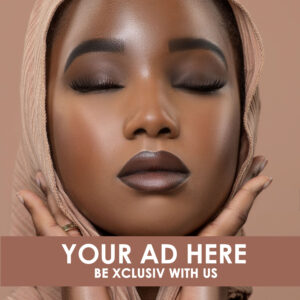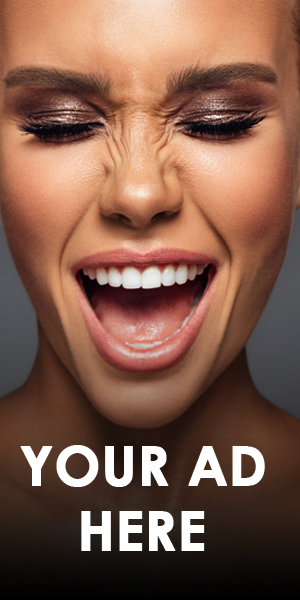Beauty
5 Incredible Mascaras for Sensitive Eyes that Gives Full Lashes
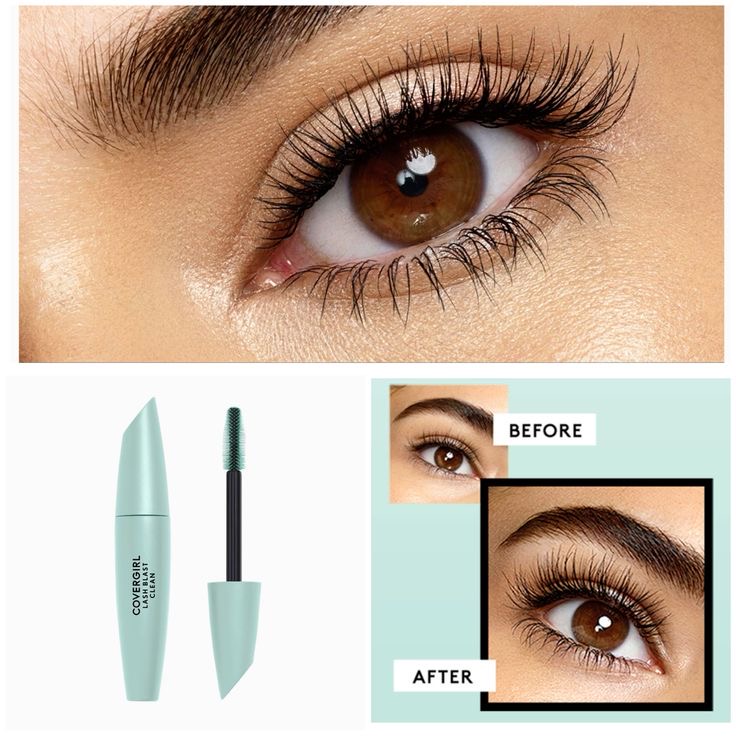
If you have sensitive eyes, finding the perfect mascara can be challenging, as many formulas contain ingredients that may cause irritation or discomfort. However, there are several mascaras specifically designed to cater to sensitive eyes, providing both comfort and enhanced lash appearance. Here are five exceptional options you can choose from:
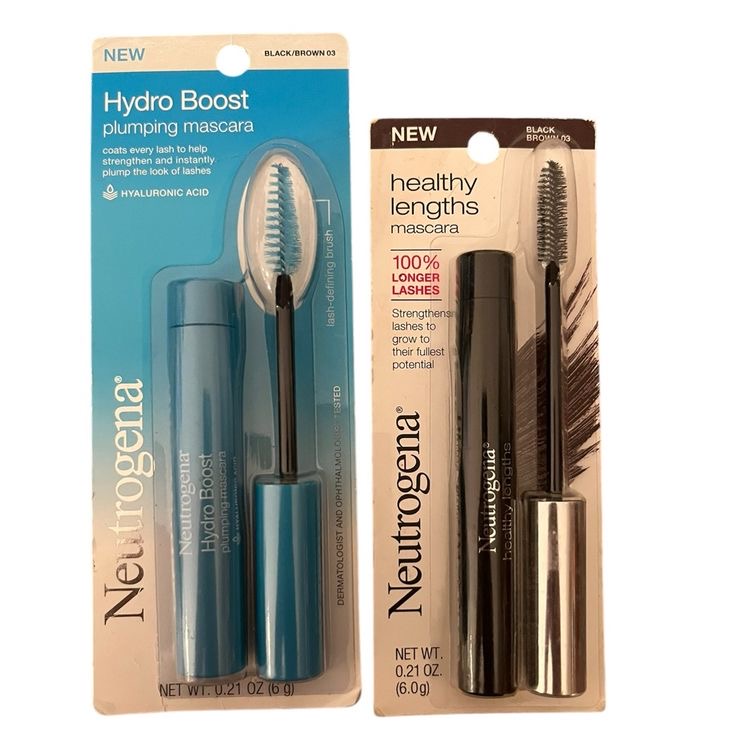
Neutrogena Mascara
1. Neutrogena Healthy Lengths Mascara
This mascara is ophthalmologist-tested and safe for sensitive eyes and contact lens wearers. Without clumping, flaking, or irritating the eyes, it lengthens lashes beautifully, giving them a soft, natural lift while nourishing with vitamin E and olive oil.
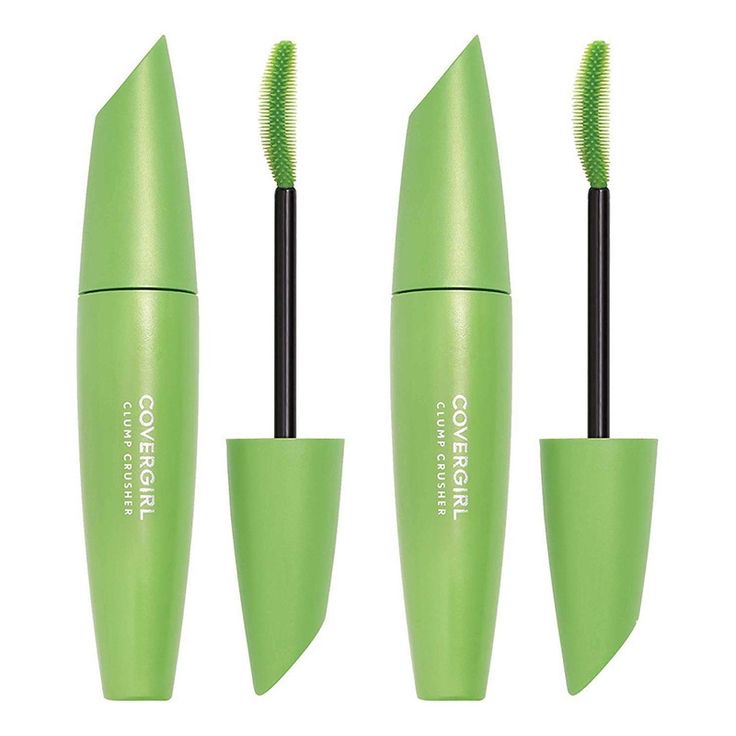
Covergirl
2. CoverGirl Lash Blast Clean Volume Mascara
Formulated specifically for sensitive eyes, this mascara is both hypoallergenic and suitable for contact lens wearers. It provides a clean, defined look without clumping or flaking. The plant-based formula is free from parabens, sulfates, and talc,ideal for daily wear.
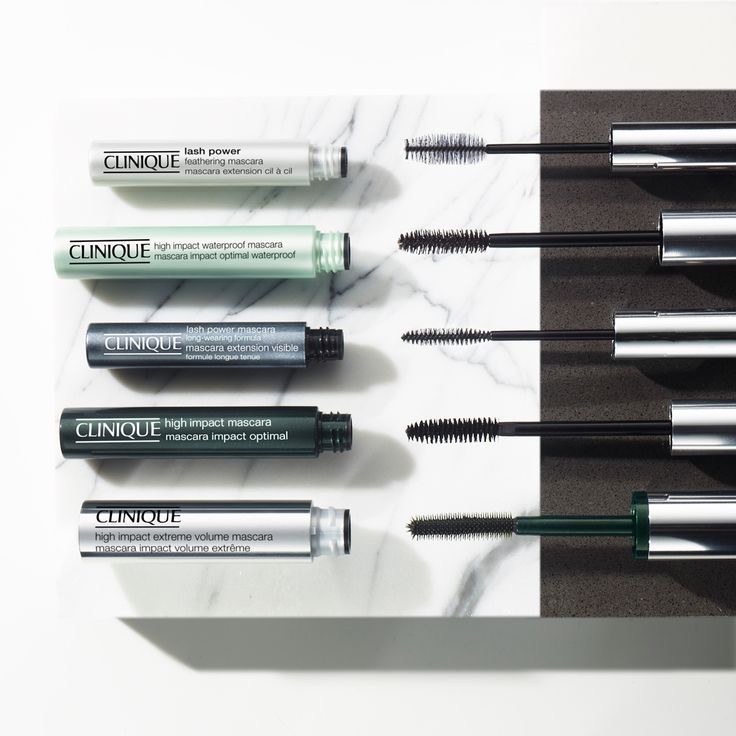
Clinique Mascara
3. Clinique High Impact Mascara
Praised by users, for it’s buildable, flake-free formula that enhances both length and volume. It’s ophthalmologist-tested and free from parabens and fragrances, making it suitable for sensitive eyes and contact lens wearers. It delivers bold lashes with a lightweight feel.
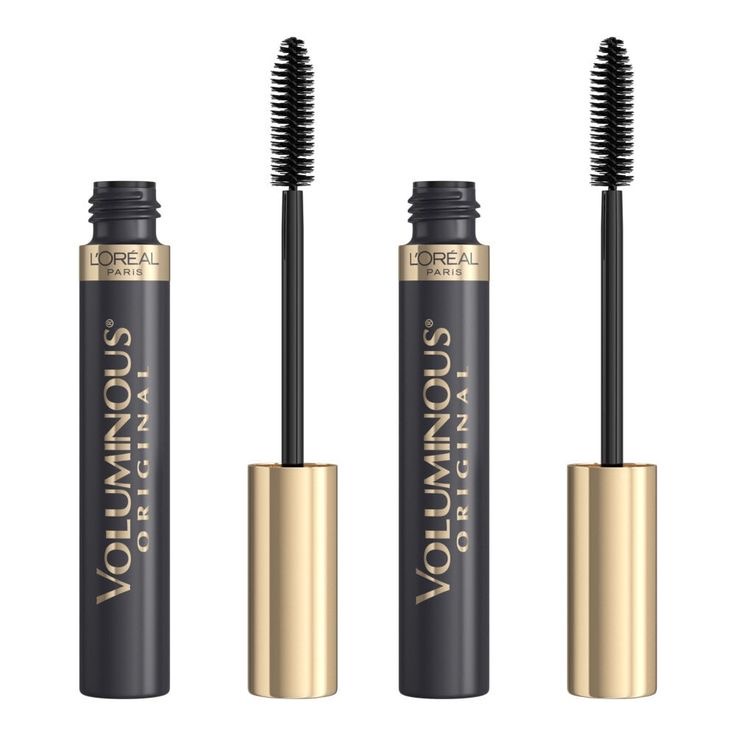
Voluminous
4. L’Oréal Paris Voluminous Original Mascara
A generational favorite, voluminous Mascara is specially made to soften, build, and prevent clumping of lashes up to five times their natural thickness; Lashes are uniformly and smoothly thickened with the Volume Maximising Brush; Ideal for people who wear contact lenses and have sensitive eyes.
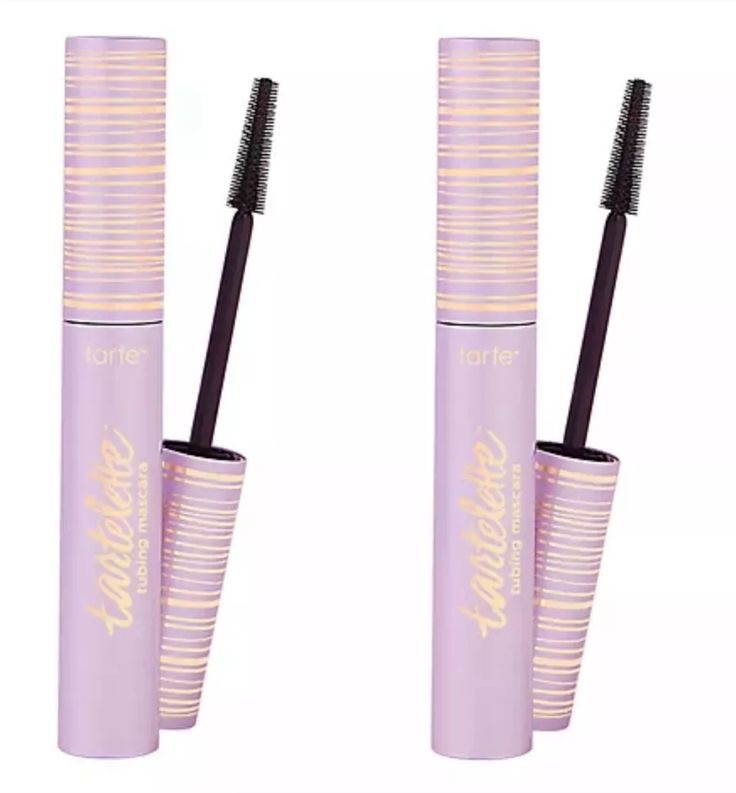
Tarte Mascara
5. Tarte Tartelette Tubing Mascara
Specifically made for sensitive eyes, this mascara forms smudge-proof tubes around lashes, ensuring long-lasting wear without irritation. It’s especially recommended for those with dry eyes or who wear contact lenses. It comes off easily with warm water, reducing the need for harsh rubbing.
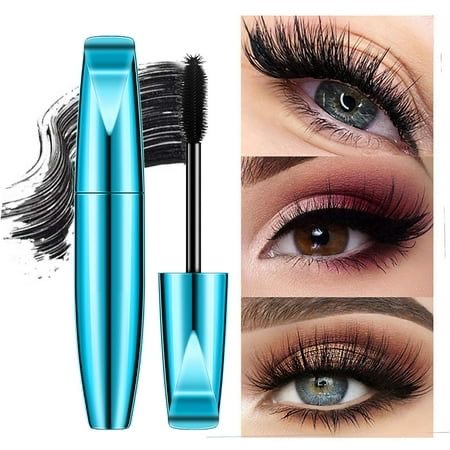
Mascara
Tips for Choosing Mascara for Sensitive Eyes:
- Opt for Hypoallergenic Formulas: Look for mascaras labeled as hypoallergenic, because they are less likely to contain irritants.
- Avoid Fragrances and Harsh Chemicals: Choose products free from fragrances, parabens, and other potential allergens, so it doesn’t irritate your eyes.
- Consider Tubing Mascaras: These mascaras create water-resistant “tubes” around each lash, offering smudge-proof wear and easier removal without excessive rubbing.
- Conduct a Patch Test: Before full application, apply a small amount of mascara on your inner wrist or behind your ear to check for any adverse reactions.
- Maintain Cleanliness: Regularly clean your mascara wand and replace the mascara every three months to prevent bacterial growth and reduce the risk of eye infections.
Conclusion
Finding the right mascara for sensitive eyes doesn’t have to be a struggle. With the options listed above, you can enjoy fuller, longer lashes without the discomfort or irritation that often comes with traditional formulas. If you are looking for a hypoallergenic option, a smudge-proof choice, or a clean, cruelty-free formula, there’s a mascara out there that will cater to your unique needs.
It’s important to remember that eye health should never be compromised for beauty, that is your sight. Once you lose it you are thrown into darkness forever. So investing in the right mascara not only enhances your lashes but also protects the delicate area around your eyes. By being mindful of ingredients and application practices, you can confidently wear mascara every day and still feel great. With the right product in your beauty routine, you are just a swipe away from radiant, fluttery lashes, minus the discomfort.
also read : Get Started with Makeup: The 3 Most Important Things You Need
Beauty
Diana Eneje Debuts Bold Blonde Hair
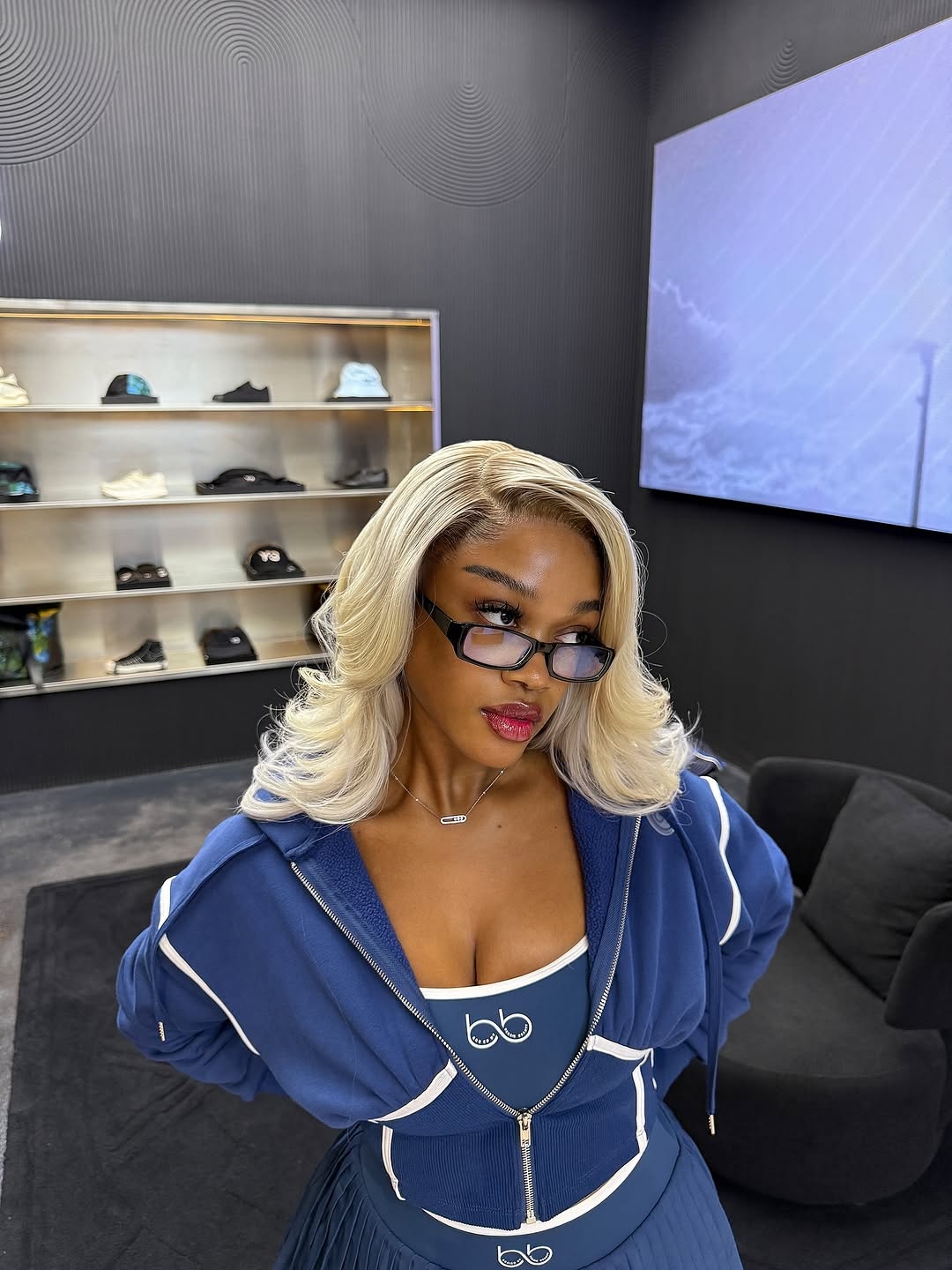
Diana Eneje went for a blonde hairstyle, and if you’ve been an ardent follower, you can see that this transformation stands apart from her typical styles. She captioned it with a short note. “It’s hard to have a bad day when you look good,” the confidence in the message is clear.

Diana Eneje: Instagram
If there’s one person that knows how to experiment with different hairstyles, then it has to be her. In past years, she has been known for changing her appearances with hairstyles like Koroba braids, knotless braids, high ponytails, and including a pixie cut.
She has moved from classic to trendy styles, but this blonde? It is with ease and more pronounced than anything she’s ever done.

Diana Eneje: Instagram
Usually, she goes for warm hues like brown, black, wine, but this blonde completely breaks her out of that pattern. It’s bright and grabs attention instantly The most attractive thing about it is there are no touch-ups. She showed up fully blonde.
The curls framed her face, and the colour complements her skin very well. She wears it as if she’s been anticipating this transformation for a while now.

Diana Eneje: Instagram
Although Diana Eneje might have experimented with numerous hair styles, this particular one seems to be one boldest choices yet. It also shows that she’s ready to take risks and whatever comes with it.
Read more: Rema seen at the Franca Fund Gala wearing a white tailored suit
Beauty
Must Adapt Beauty Routine for Woman Above 25
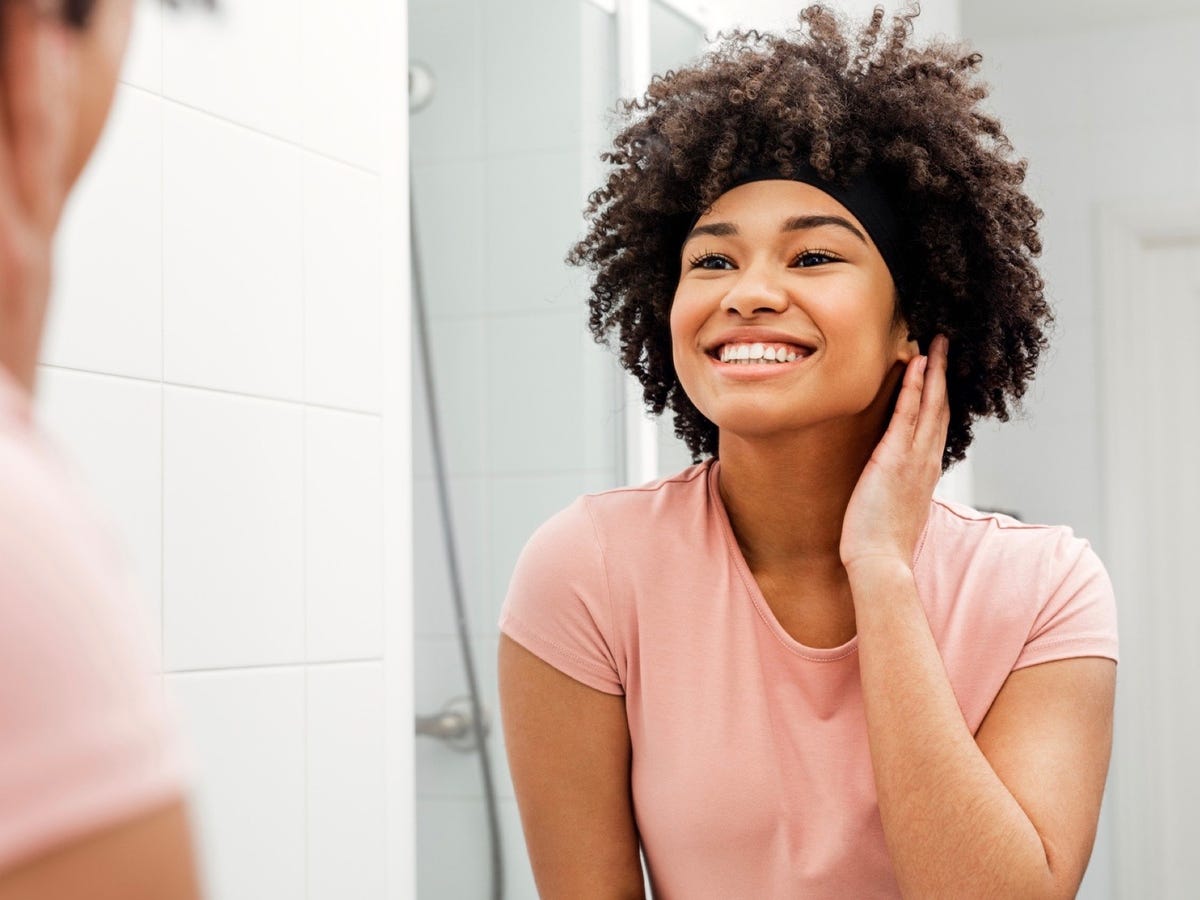
Entering your mid to late twenties comes with subtle changes in the skin. While your earlier years were about experimenting with products and trends, life after 25 calls for a more deliberate approach to skincare. The goal now is maintaining healthy, glowing skin, preventing early signs of aging, and addressing emerging concerns.
Gentle Cleansing Is Key
Around this age, skin may start producing slightly less oil, which can make it drier and more sensitive. Using a gentle cleanser in the morning and evening helps remove dirt and makeup without stripping natural moisture. If you wear makeup or sunscreen, consider double cleansing at night: start with an oil-based remover, then follow with a water-based cleanser to ensure thorough cleaning.
Moisturize With Purpose
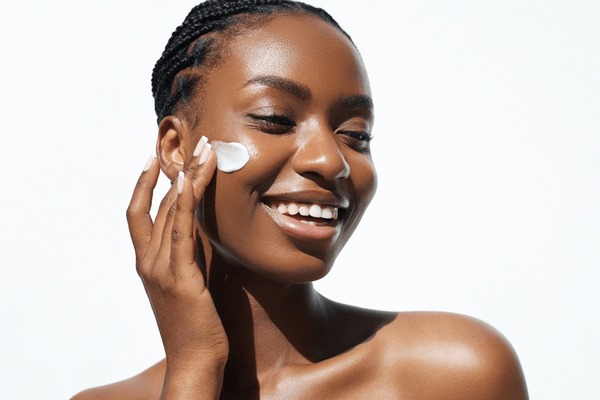
Hydration becomes increasingly important. Select a moisturizer suited to your skin type, ideally with ingredients like hyaluronic acid, glycerin, or ceramides. These help lock in moisture and support skin elasticity. Night creams or sleeping masks can assist skin regeneration while you rest.
Sun Protection Every Day
UV exposure is one of the leading causes of wrinkles, dark spots, and uneven skin tone. Apply a broad-spectrum SPF 30 or higher every day, even when indoors near windows or on cloudy days. Reapply every two to three hours if you are outdoors for extended periods.
Targeted Treatments

Signs of aging such as fine lines, dark spots, or uneven texture can begin to appear. Serums containing antioxidants like vitamin C, peptides, or retinol can help improve skin tone, boost collagen, and repair damage. Start retinol gradually, using it once or twice a week and increasing frequency as your skin adapts to prevent irritation.
Care for Eyes and Lips
The skin around the eyes and lips is thinner and more delicate. A nourishing eye cream can reduce puffiness, dark circles, and early fine lines. Lip balms with SPF or hydrating ingredients keep lips soft and prevent dryness.
Lifestyle Supports Skin Health
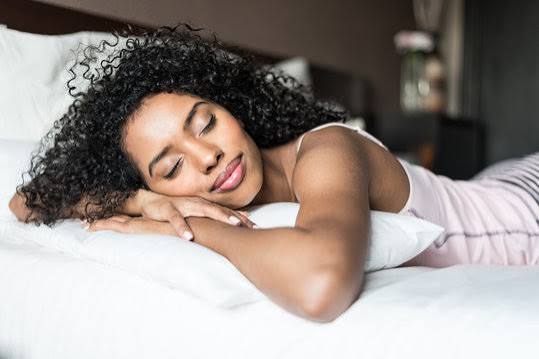
Skin care isn’t just topical. A balanced diet rich in fruits, vegetables, and healthy fats supports your skin from the inside. Drink plenty of water, exercise regularly to improve circulation, and ensure adequate sleep for overnight skin repair. Minimizing smoking and excessive alcohol consumption also preserves youthful skin.
Keep It Consistent
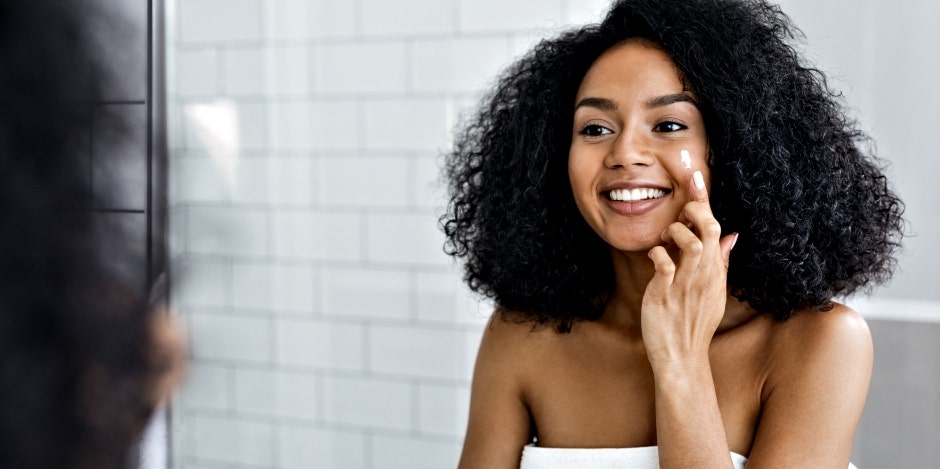
After 25, the most effective routine is one you can maintain daily. Focus on cleansing, treatment, hydration, and sun protection rather than layering multiple products. Consistency is more important than complexity, and over time, a simple routine can produce visible, long-term results.
Final Thought
This stage of life is about understanding your skin’s evolving needs and embracing routines that enhance natural beauty. Thoughtful skincare, combined with a healthy lifestyle, allows women over 25 to maintain radiant, resilient skin while preventing future damage. Beauty now is intentional, not reactive, and the results are lasting.
Beauty
How To Perfect Lip Contouring For The Best Combo
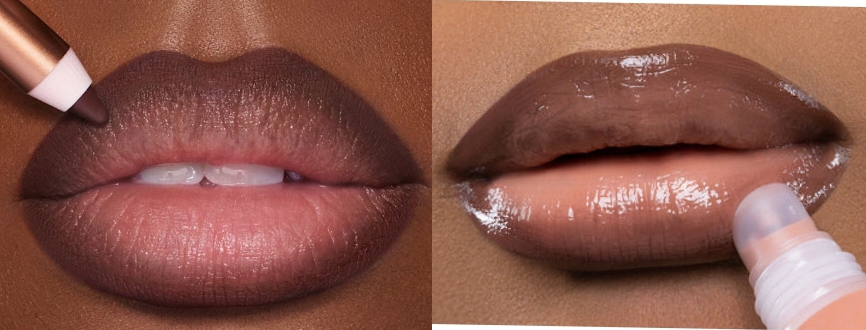
Make-up has advanced quickly in recent years, and one rising trend is lip contouring. It is a key technique for creating a defined, fuller-looking pout.
Perfecting lip contouring can be challenging, especially when matching the contour to the appropriate lip colour.
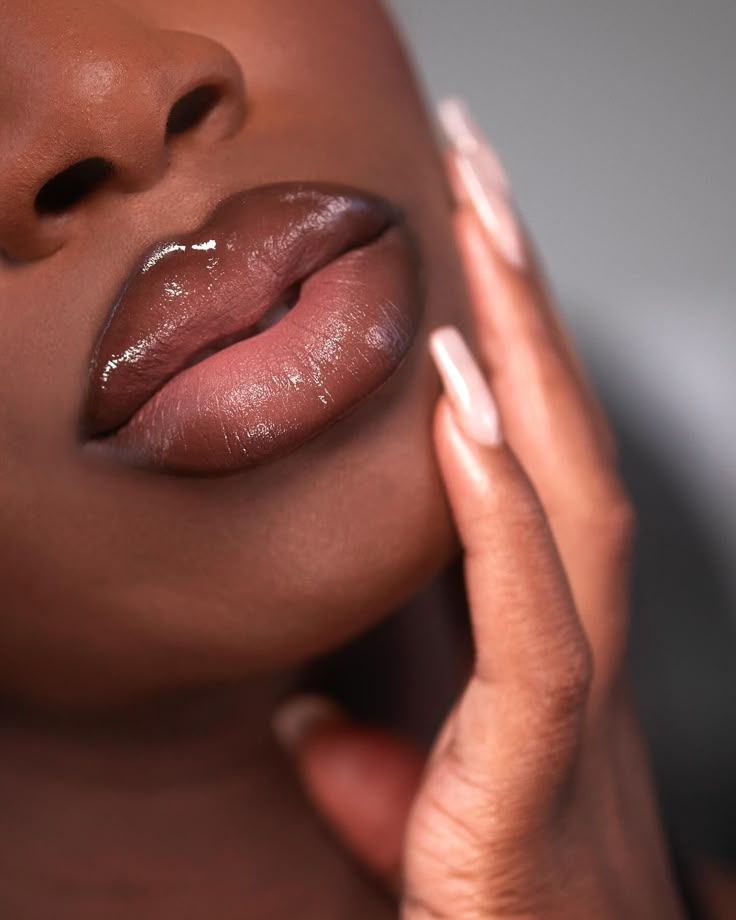
A finely contoured lip
A simple lip shade can look striking when properly shaped. It is just a matter of getting that fuller, plumper lip look – and that is not as impossible as you may think. You can have your lip contour sorted in no time with some helpful tricks and the correct products.
Essential Items For Lip Contouring:
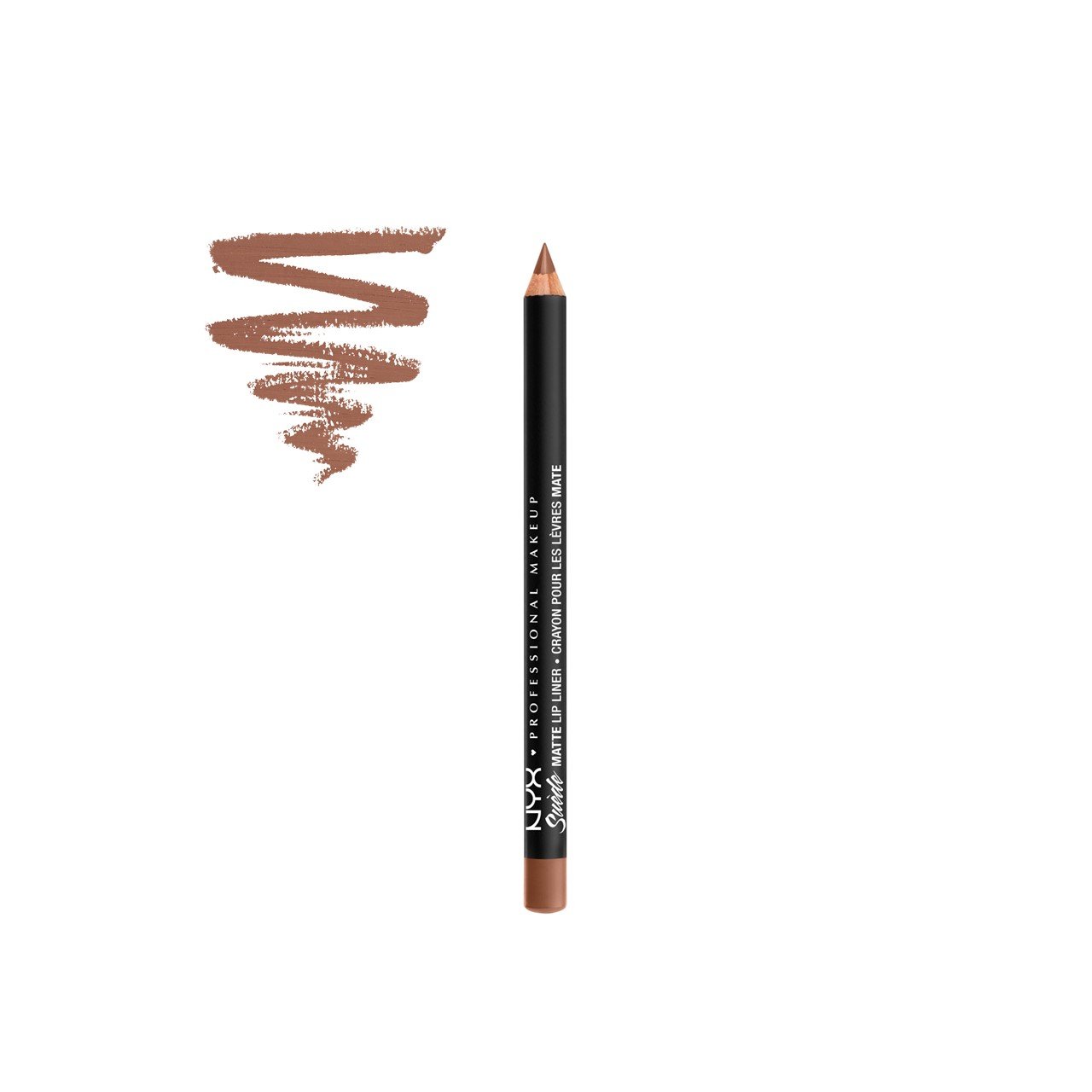
Lip liner
Lip Liner: A good lip liner defines the shape, choose a shade slightly darker than your natural lip colour.
Lip Gloss: Choose one that flatters your skin tone and complements your style.
Concealer: To have a smooth contour, one can use a concealer slightly lighter than your foundation.
Highlighter: A little bit of highlighter add dimension and depth to your contoured lips.
How to Prep Your Lips:
Exfoliate: Gently rub your lips with a lid scrub to remove dead skin and soften the surface.
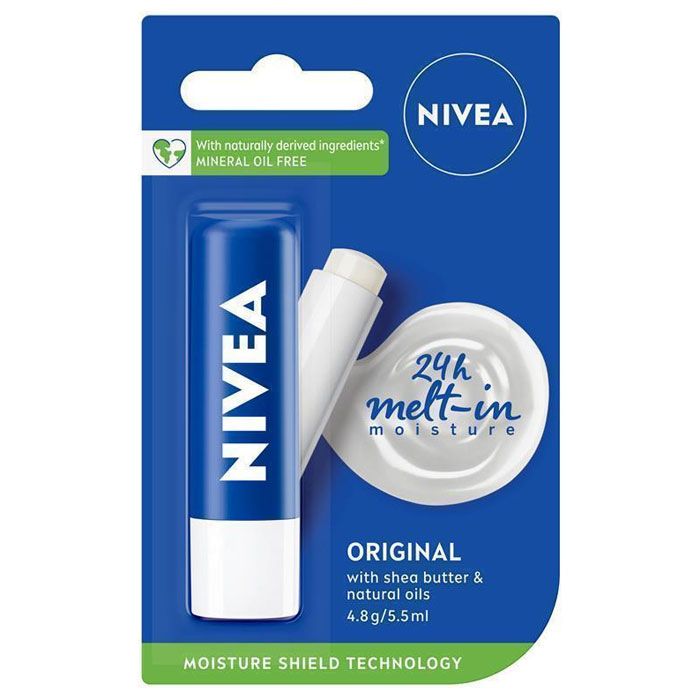
Nivea lip moisturizing balm
Moisturize: Apply a nourishing lip balm to keep lips hydrated and prevent dryness.
Prime: create a long-lasting base by applying a small amount of primer or concealer around the lip area so liner and lipstick stay better.
Know Your Lip Shape:
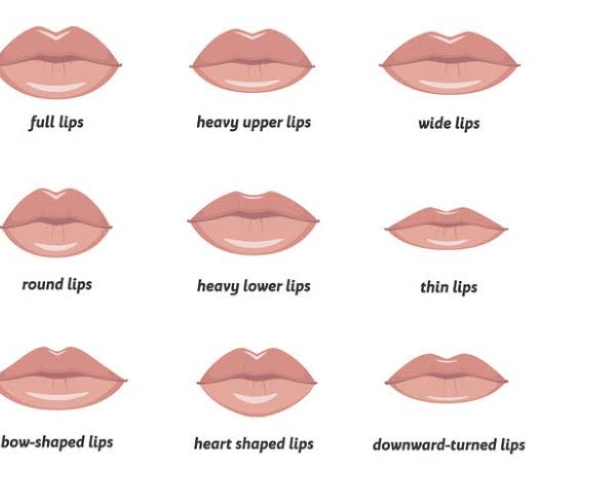
Different types of lip shape
Understanding the contouring process starts with recognizing your lip shape. Examine your lips and identify the following features:
Cupid’s bow: The crest of the upper lip.
Lip Line: The natural outline of the lips important for defining shape with liner.
Lip Shape: examples include oval, round, heart-shaped or full.
Knowing your lip shape helps you create proportions that flatter your features
How to Contour Your Lips in five Steps:
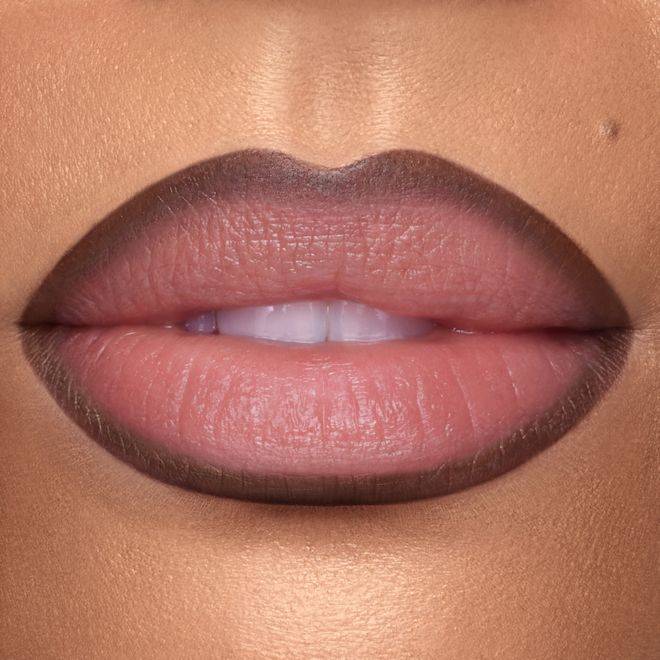
Lined lip combo
Follow these five simple steps to contour your lips.
Step 1: Line Your Lips
Use a lip liner which is a shade darker than your natural lip color.
Lightly trace along your natural Cupid’s bow and lip line.
You can apply the liner to fill in your lips; no need to worry about being too precise, other steps will take care of it.
Step 2: Apply Concealer
Apply a concealer that is a shade lighter than your foundation and dot it over the outer edges of your lips.
Blend it well! It must blend well with your skin complexion.
It will produce a delicate divide between your lips and the rest of your skin.
Step 3: Add depth with shadow
Using a lip liner, or a darker shade of lip color, gently create a shadow effect at the outer ends of your lips.
Start at the Cupid’s bow and blend downward to form a smooth gradient. This adds depth and dimension to the lips.
Step 4: Highlight and Define
Using a small amount of liquid or cream highlighter and dab the centre of the lower and upper lips.
Blend gently outward so the highlight looks natural this defines the lips and adds subtle radiance.
Step 5: Finish with a Gloss
Finally apply your favorite lip gloss to finish the look.
Choose a shade that complements your skin tone and overall style.
Lip contouring is a transformative technique for enhancing your facial features. If you prefer a minimalist look, lip contouring is perfect for avoiding full-blown makeup while still enhancing your features. It’s an easy-to-wear technique that can subtly transform your look.
-
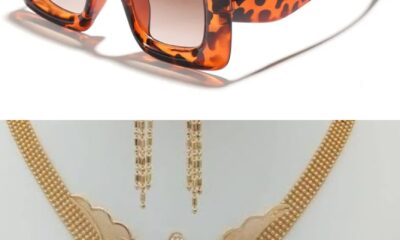
 Beauty5 months ago
Beauty5 months agoIs There Anything Like Too Many Accessories?
-
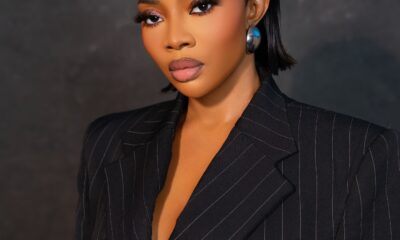
 Celebrity News5 months ago
Celebrity News5 months agoToke Makinwa Shares Graceful Pregnancy Reveal
-

 Movies5 months ago
Movies5 months agoTrailer Review: Highest to Lowest
-

 Sex & Relashionships4 months ago
Sex & Relashionships4 months agoSigns You Have Abandonment Issue and How to Heal
-

 Music4 months ago
Music4 months agoKokopee Drops EP ‘All I Need It’s Kokopee
-

 Celebrity News4 months ago
Celebrity News4 months agoAsake Shows off New Hair on Stage
-

 Models5 months ago
Models5 months agoDorothy Anador Celebrates Her Best Self in Birthday Photoshoot
-

 Movies4 months ago
Movies4 months agoMovie Review: Task Official Trailer
-

 Top Xclusiv4 months ago
Top Xclusiv4 months agoItalian Designer Giorgio Armani Dies at 91
-

 Music4 months ago
Music4 months agoAyra Starr – Hot Body Video Review













